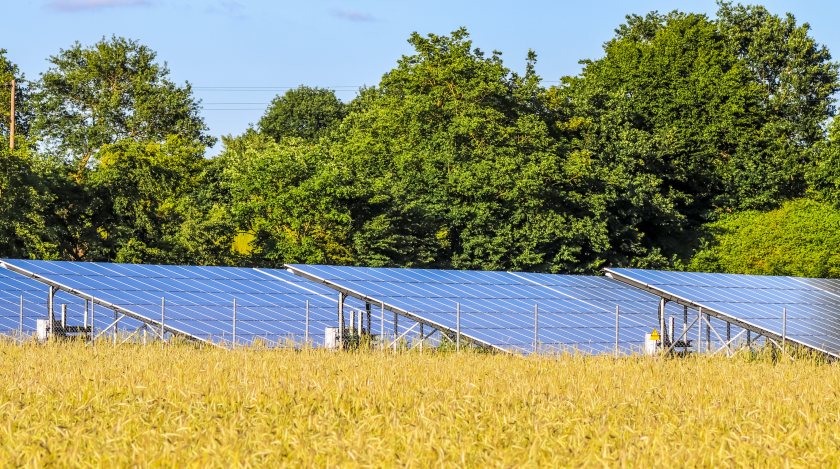
A giant solar farm covering hundreds of acres of Anglesey has been approved by the Welsh government despite fierce local opposition.
The Alaw Môn development, by Enso Energy, will see solar panels installed across 660 acres of land near Llyn Alaw, in the centre of the island.
Once completed, the 160MW scheme is expected to generate enough electricity to power approximately 34,000 homes, according to the developer.
The project has been met with local resistance, with campaigners and residents expressing concerns over the loss of high-quality agricultural land and the growing number of large-scale solar farms on the island.
Ynys Môn MP Llinos Medi and Senedd Member Rhun ap Iorwerth issued a joint statement in which they said they were “very disappointed” by the government’s decision, accusing ministers of “ignoring local people’s concerns”.
Mr ap Iorwerth has long argued that solar should be developed across many smaller, dispersed sites rather than concentrated in vast projects, so that no single location dominates the landscape and multiple landowners can participate.
However, cabinet secretary for economy, energy and planning Rebecca Evans defended the government's decision, acknowledging the concerns raised but stressing the urgency of the climate crisis.
In her approval letter, she wrote: “The benefits of the plan outweigh any harmful effects,” noting that the project will contribute to Wales’s target of generating 70% of its consumed electricity from renewables by 2030.
She added that the government recognised potential long-term impacts on the land but judged the contribution to climate targets to be a greater priority.
There are already a number of small solar schemes on the island, with the largest currently being the Porth Wen Solar development which is a 50 MW solar farm over 200 acres in the north of the island, outside Cemaes.
However, there are two new proposals which are significantly larger, and would occupy 2% of the island, including Alaw Môn itself.
Dr Jonathan Dean, of the countryside charity CPRW, argued that Wales can exceed its 2050 net-zero electricity needs through offshore wind alone, meaning large solar projects are not essential “to keep the lights on”.
He added that solar should be developed in ways that “local communities find acceptable, minimise impacts in the environment and landscape, and deliver benefits to those communities”.
